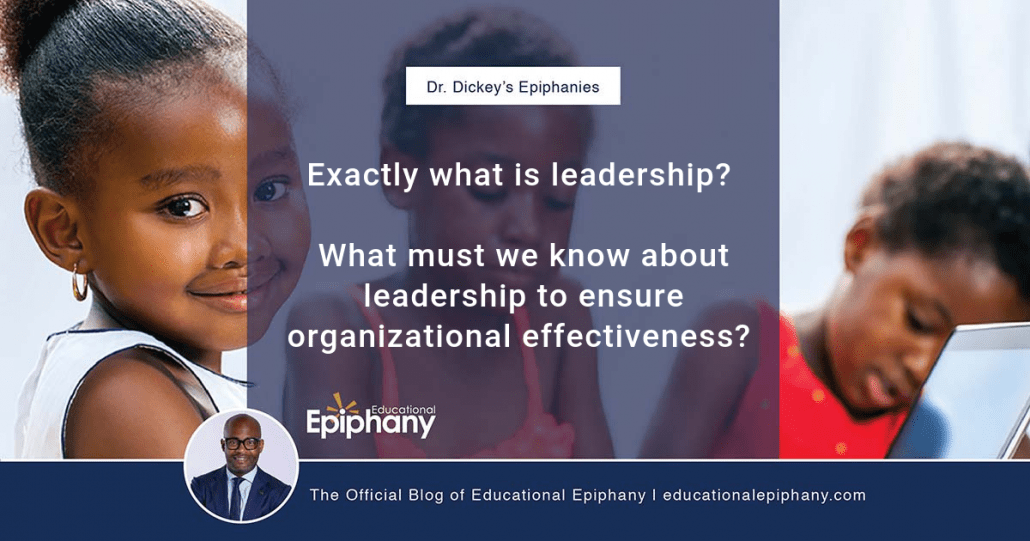Leadership is a complicated pursuit; therefore, anyone who desires to become a leader, also seeks to be undervalued, misunderstood, and criticized relentlessly. Leaders have the unenviable responsibility of vision setting, strategic planning, making tough decisions about resource allocations, and synchronizing effort, all toward a desired end without the promise of being the leader at the conclusion of change process. In many cases, the leadership effort is under the microscope of public opinion, which: (1) inserts a layer of complexity to the leadership effort that is often conflated with accountability; and (2) inadvertently decelerates the change process that the leader was charged with promoting upon accepting the leadership challenge.
Leaders who survive the leadership challenge and live to lead again, learn quickly how to both anticipate and distinguish personal attacks from professional attacks. They learn how to distinguish co-workers from confidants and allies from friends. If the aforementioned roles (co-workers…confidants and allies…friends) are still ambiguous for you as a leader, keep leading. People will show you which one they really are at the most inopportune times. One quick tip: co-workers and allies work with you; confidants live with you; and friends do not typically work with you, unless you hired them. Keep the lines clear.
Since the primary purpose of leadership is to strategically use one’s expertise and influence to maximize organizational effectiveness, exercising leadership is no small task. It is important to note that leadership is not a position. Some of the most powerful and impactful leaders often do not have the lead role in the organization, yet they impact the organization in significant and enduring ways. Do not discount non-positional leadership. Non-positional leaders (those who are knowledgeable and savvy enough to guide and influence persons with decision-making power) can be more impactful than those who hold the power of the pen. Effective leaders know the value of non-positional leadership and they find ways to tap into it. Moreover, leadership is not a title. Titles do not define leaders. In fact, a bona fide leader cannot be encapsulated by a title. For as long as I can remember, I have met individuals with titles who did not possess the depth of experience nor wisdom to lead; however, they held the title and therefore the power to lead – if only they had the capacity. Titles are a dime a dozen; leadership is rare.
Leadership is not for the faint of heart. Effective leaders must be calculated, decisive, and in some cases unapologetic. In my experience, most of us desire to be led by a courageous leader with a backbone, able to make thoughtful decisions and stand behind them with resolve, even when others do not fully understand or agree with their decisions or envision the future in the same way that the leader does. To the detriment of organizational effectiveness, many leaders succumb to political pressure, making decisions in the interest of self-preservation and coalition building. Successful leaders relentlessly search for pathways to do that which is in the best interest of the organization; they take healthy risks; and posses an uncanny ability to appear unflappable in the face of political posturing. True leaders lead with a focus on organizational effectiveness and leave the rhetoric to the sidelined cynics.
Furthermore, leadership is two-way relationship between the leader and the followership. A very wise woman once told me that a drum major without a marching band is nothing more than a fool dancing on the football field. Leaders must be sensitive to both the needs and capacity of the followership or risk finding himself abandoned by the very team he has been charged to lead. I learned early on as a leader that everyone does not have the same commitment to the work and aptitude to do the work. An effective leader is interested in the strengths as well as the critical weaknesses of the team. Furthermore, an effective leader actively works to compound the strengths while systematically supporting individual growth opportunities to diminish the followership’s vulnerabilities. People are the capital of leadership and should be treated as such. Since leadership is a bi-directional relationship, a conscientious leader is equally interested receiving feedback from the followership on his strengths and critical weaknesses as he is in providing feedback to the followership regarding theirs. To that end, leaders interested in engaging and inspiring the followership should develop mechanisms for procuring and responding to the followership’s feedback relative to the leader’s performance. Parenthetically, followers are wiser than conventional knowledge might suggest. They can distinguish perfunctory acts from careful attempts to gain access to their perceptions and ideas.
Here is the epiphany.
Leading is more difficult than it appears to be. If you have a leader whom you respect, support him/her. They need you more than you know and sometimes more than they admit.
For more of my thoughts on leadership and organizational effectiveness, look for my new book (coming this summer) entitled, “Seismic Leadership.” It will be offered exclusively on our website: www.educationalepiphany.com.
Donyall D. Dickey, Ed.D.

